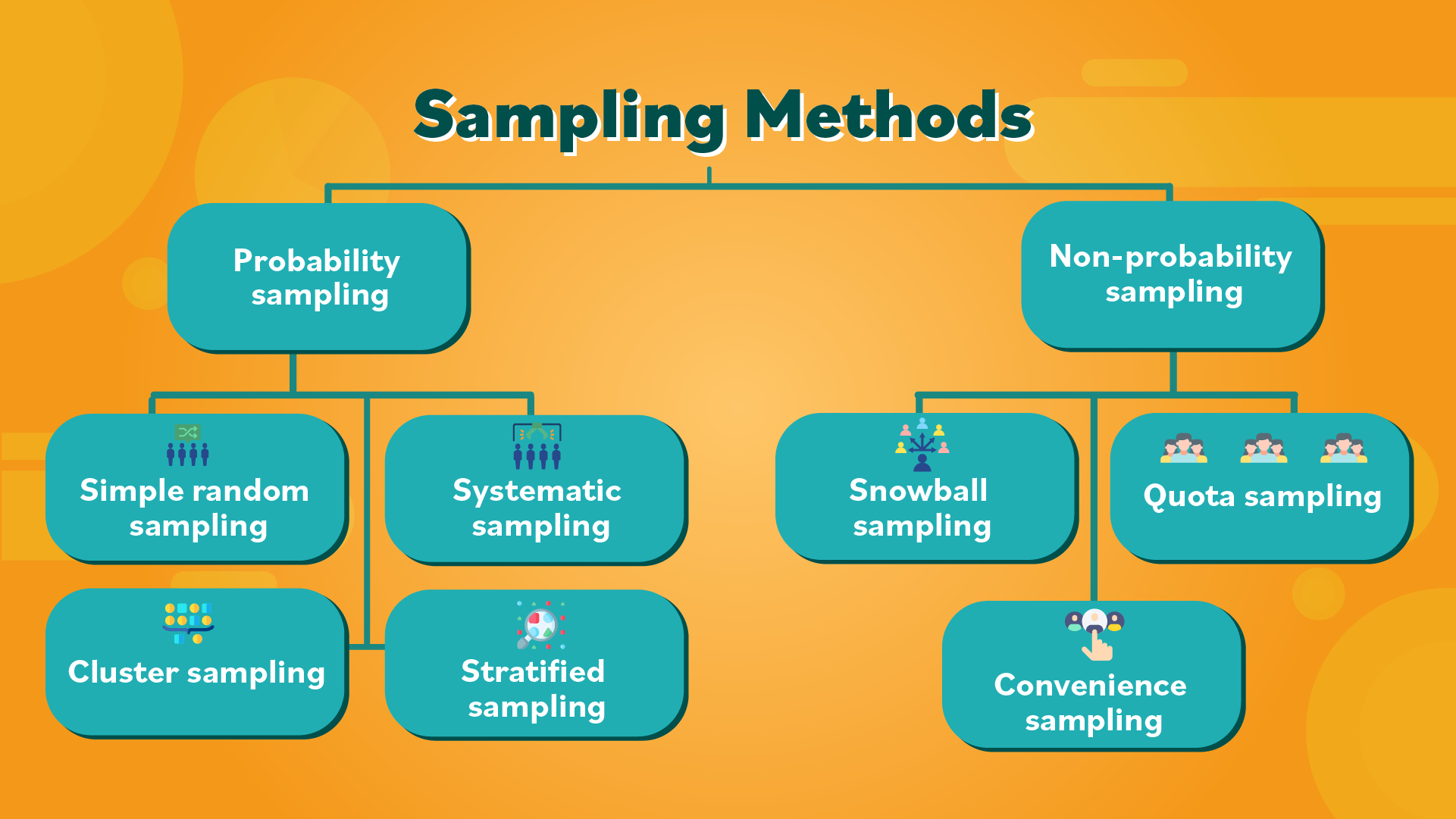Understanding Density and Temperature: Foundations, Applications, and Practical Guidance for Science Learners
Introduction
Whether you’re a student, educator, or lifelong learner, understanding the core scientific concepts of density and temperature is fundamental for exploring how materials behave and interact. These principles are not just reserved for the classroom-they underpin countless phenomena in industry, research, and everyday experiences. This guide will clarify what density and temperature mean in science, demonstrate their applications, and provide step-by-step methods for measuring and leveraging these properties effectively.
What is Density?
Density is a physical property that describes how much mass is packed into a given volume of a material. In scientific terms, it is defined as the mass per unit volume and is represented by the Greek letter Ï (rho) or the letter D. The formula for calculating density is:
Density (Ï) = Mass (m) / Volume (V)
This means that if two objects are the same size but one is heavier, the heavier one has a higher density. For example, a block of iron will feel noticeably heavier than a block of wood of the same size because iron has a much higher density [2] .
Units of Density
The standard unit of density in the International System of Units (SI) is kilograms per cubic meter (kg/m
3
). In chemistry and everyday science, grams per cubic centimeter (g/cm
3
) or grams per milliliter (g/mL) are frequently used
[5]
.
How to Calculate Density: Step-by-Step
- Measure Mass: Use a balance or scale to measure the mass of the object in grams (g) or kilograms (kg).
- Measure Volume: For regular-shaped objects, calculate the volume using geometric formulas (e.g., length × width × height for a rectangular box). For irregular objects, use a graduated cylinder and water displacement.
-
Apply the Formula:
Divide the mass by the volume to get density. For example, if an object has a mass of 200 g and a volume of 100 cm
3
, its density is 2 g/cm
3
.
Examples and Real-World Applications
Dense materials like iron, platinum, and lead are used where strength and weight are necessary, such as in construction and manufacturing. Less dense materials, such as aluminum and styrofoam, are preferred for packaging and insulation due to their light weight [1] . In nature, density differences drive phenomena like ocean currents and weather patterns, as less dense warm air rises and denser cool air sinks [2] .
Challenges and Alternative Approaches
Measuring the density of complex or composite materials can be challenging. In such cases, scientists may use advanced techniques like pycnometry or digital densitometry. If direct measurement isn’t possible, consider using reference tables or seeking laboratory analysis services through academic institutions or certified testing labs.
What is Temperature?
Temperature is a measure of the average kinetic energy of the particles in a substance. In everyday terms, it tells us how hot or cold something is. Scientifically, temperature is an indicator of the energy state of matter: the higher the temperature, the faster the particles are moving.
Units and Scales of Temperature
The most common temperature scales are Celsius (°C), Fahrenheit (°F), and Kelvin (K). The Kelvin scale is typically used in scientific contexts because it starts at absolute zero, the theoretically lowest possible temperature where particles have minimal motion.

Source: studyrocket.co.uk
How to Measure Temperature: Step-by-Step
- Select an Appropriate Thermometer: Use a digital, mercury, or alcohol thermometer based on your application (e.g., laboratory, kitchen, environmental).
- Calibrate if Necessary: Ensure the thermometer is correctly calibrated for accurate readings. Many digital thermometers auto-calibrate; traditional ones may require adjustment.
- Place the Thermometer: Immerse or place the sensor in the substance or environment to be measured, ensuring proper contact or immersion according to device instructions.
- Read the Value: Record the temperature once the reading stabilizes. Note the scale (Celsius, Fahrenheit, Kelvin) to avoid confusion.
Examples and Real-World Applications
Temperature measurement is vital in cooking, medicine, climate science, engineering, and many other fields. For example, accurate temperature control is crucial in chemical reactions, food safety, and industrial manufacturing. In meteorology, temperature readings help forecast weather and monitor climate changes.
Challenges and Solutions
Temperature readings can be affected by environmental factors, faulty equipment, or incorrect calibration. To improve accuracy, always use instruments suited to your specific needs and regularly check calibration. For high-precision requirements, consider laboratory-grade instruments or consult with certified calibration services through science supply companies or academic labs.
Practical Guidance: Applying Density and Temperature in Science and Everyday Life
Understanding how to measure and interpret density and temperature can open doors to a range of opportunities, from conducting experiments at home to launching a science-based career. Here’s how you can put these concepts into practice:
1. At-Home Science Experiments
Try simple experiments such as comparing the density of different household liquids (oil, water, syrup) by pouring them into a glass and observing how they layer. Or, measure the temperature of water before and after heating to see how energy input affects kinetic motion.
2. School Projects and Competitions
Students can use density and temperature principles in science fair projects, such as investigating how salt affects the density of water or how insulation materials influence temperature retention. Many educational resources are available through local libraries, schools, or organizations like the American Chemical Society.
3. Career Pathways and Further Learning
If you’re interested in pursuing a career in science, engineering, or healthcare, a strong grasp of these foundational principles is essential. You can find more information and learning materials by visiting your local community college website, searching for ‘density and temperature science courses,’ or exploring open courses from universities and professional organizations. For hands-on experience, consider volunteering at a science museum or applying for internships in research labs.
4. Accessing Tools and Resources
If you need precise equipment or guidance, you may:
- Contact local science supply stores for purchasing laboratory-grade balances and thermometers.
- Search for ‘science equipment rental’ in your area for temporary access to specialized tools.
- Reach out to nearby universities or community colleges to inquire about public science workshops or open lab sessions.
- Consult academic or government science websites for free educational materials. For example, the American Chemical Society provides verified lesson plans and experiments [3] .
Key Takeaways
Both density and temperature are measurable, foundational properties that help explain why substances behave as they do. Density depends on how much matter is packed into a space, while temperature measures how much energy the particles in that space have. By mastering these concepts, you gain powerful tools for understanding science and making informed decisions in everyday life.

Source: vectorstock.com
References
- [1] BYJU’S (2023). What Is Density? – Definition, Formula, Unit and Examples.
- [2] Purdue University College of Science. Teaching Density.
- [3] American Chemical Society (2024). Lesson 3.1: What is Density?
- [4] Study.com. Density Definition, Formula & Examples.
- [5] Physics LibreTexts (2024). 7.3: Density.
MORE FROM couponito.com













